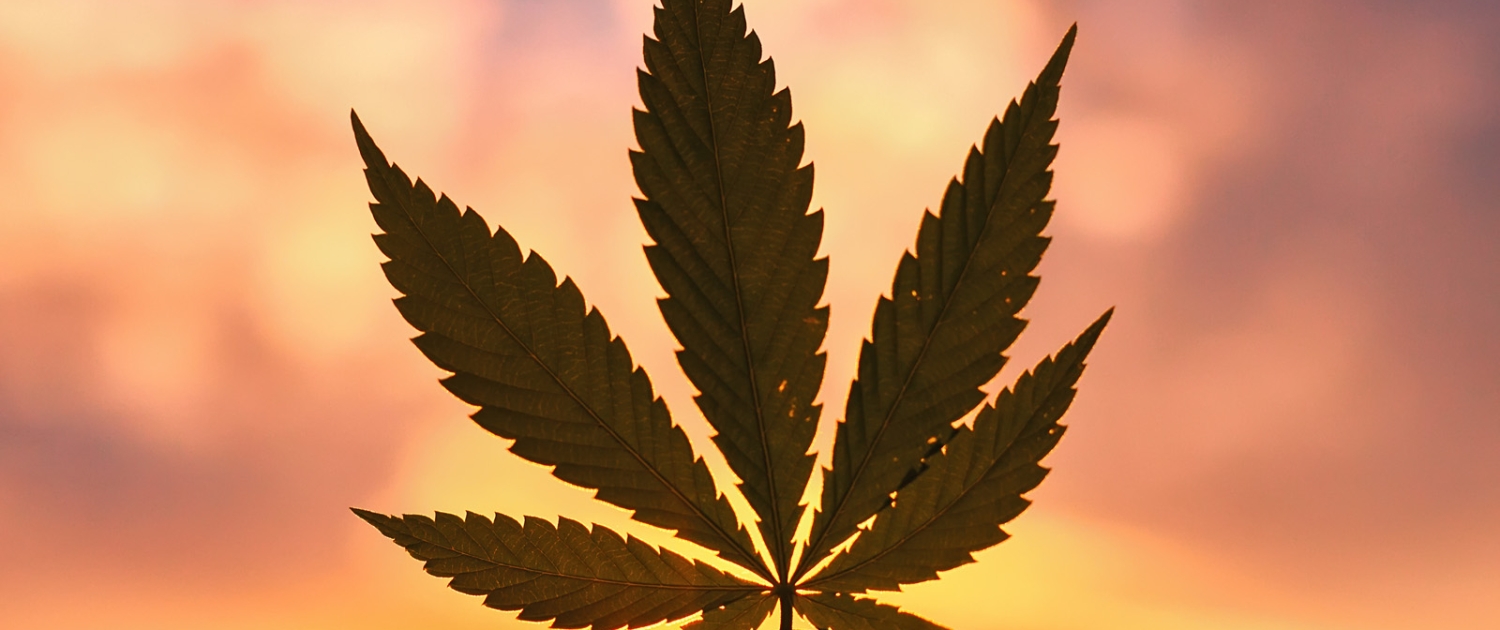Three Big Reasons Marijuana Is Misunderstood
By Kevin P. Hill, M.D., MHS, author of Marijuana: The Unbiased Truth About the World’s Most Popular Weed. Reposted with permission from Hazelden Publishing.
Marijuana is a hot topic in the news, especially with state after state making decisions about medical marijuana and the legalization of the recreational use of marijuana. Most of us have strong opinions about the relative harms of marijuana and what marijuana policies should look like. Unfortunately, marijuana remains misunderstood, in part due to the following three reasons.
1. People try to paint marijuana with a broad brush. It’s easier to think of things as black or white, good or bad. In the polarizing debate over marijuana, some pro-marijuana folks would like you to believe that marijuana is harmless. Some anti-marijuana advocates would like you to think you are doomed if you use marijuana. Neither is true. With marijuana, the truth lies in the middle. When a young person comes to see me for problems with marijuana, I need to figure out what are the perceived benefits of their use and weigh those benefits against the problems that may be resulting or worsened by their use. If I simply hammer them with reasons why they should not use marijuana, I probably won’t get anywhere with them and they are not likely to return. A sensible, balanced approach is best.
2. People are misguided by their own experiences. Parents often say to me, “We knew Johnny was smoking in his room, but we smoked when we were younger and we turned out OK.” While that may be true, the marijuana of today is at least 6 times stronger that the marijuana of the 60s, 70s, and 80s. The average content in marijuana of the component that produces a high, tetrahydrocannabinol (THC), has increased from around 1-2% in the 60s, 70s, and 80s to at least 13% now. So the comparison between marijuana exposure years ago versus today may not be a valid one. As a result, any marijuana use by a young person needs to be addressed immediately and appropriately.
3. Most people don’t like to deal with large numbers. I sure don’t, unless I have to. To understand marijuana, though, you must be comfortable with large numbers. About 19 million Americans used marijuana last year; it is the most commonly used illicit drug by far. Of those users, about 9% of adults and 17% of young people will develop addiction to marijuana. So most who use marijuana do not have problems, just as most who drink alcohol do not, either. But some do, and in this case, the subset of users who develop addiction problems—and problems in work, school, or relationships typically—is about 3 million people. Trying to grasp that lots of people are addicted to marijuana is difficult when most who use end up doing all right. Like the first 2 reasons that marijuana is misunderstood, this one takes a few minutes to sink in.
I take a deeper dive into these issues and other marijuana-related topics in my new book: Marijuana: The Unbiased Truth about the World’s Most Popular Weed.



